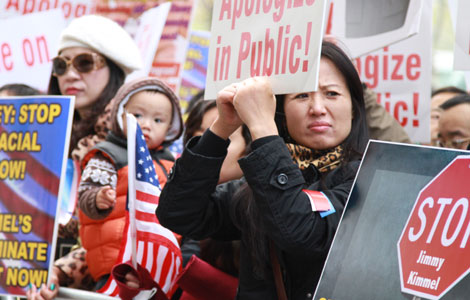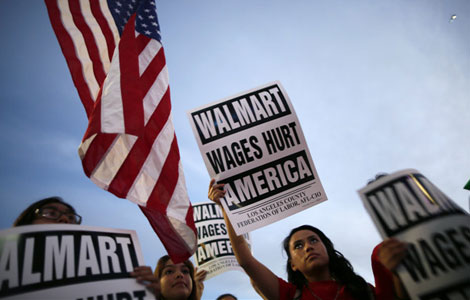

WASHINGTON - While Friday's jobless report added 204,000 jobs, the US is also seeing the lowest labor force participation rate in years, painting a dim picture of the overall job market.
"The unemployment rate has improved substantially from its peak exactly four years ago of 10 percent in October 2009. However, most of that improvement was not for good reasons, it was due to the growth in the number of 'missing workers', people who have dropped out of, or never entered, the labor market because jobs opportunities are so weak," said Heidi Shierholz, an economist of Economic Policy Institute in a Friday email to reporters.
The labor force participation rate measures the amount of people who are actively looking for a job against those who have grown frustrated, stopped seeking work and dropped out of the labor force.
The group is not counted in the Bureau of Labor Statistics' monthly jobs report, which bases its calculations on those who are actively seeking work.
"There are currently roughly 6.1 million missing workers, and if these workers were in the labor force looking for work, the unemployment rate would be 10.8 percent instead of 7.3 percent," Shierholz said, noting the marginal rise in October's jobless rate from September 7.2 percent.
Friday's jobs report brought the average growth rate of last year to 194,000, she noted, with the labor force participation rate dropping 0.4 percentage points to its lowest point of the downturn, 62.8 percent.
"While 204,000 new jobs is a better number than we have seen recently, the month-to-month signal is potentially murky," Shierholz said.
"At a time like this it's useful to step back and take stock of the larger picture. The larger picture, however, is grim," she said.
"We need 3 million jobs to get back to the pre-recession unemployment rate, and at the average rate of growth of the last 12 months, that won't happen for another five years," she added.
However, other economists hold a somewhat different view.
"As people aged beyond 55 tend to drop out of the labor force. As the baby boomers are approaching traditional retirement age, it is not surprising that the official labor force participation rate for people aged 16 and above is falling," Gerald Cohen, nonresident senior fellow in economic studies at the Brookings Institution, said in an email Friday to reporters.
"I estimate that demographic has accounted for roughly one-third of the decline in the official participation rate," he said.
The jobs report had been delayed owing to last month's partial government shutdown and Congress' debt ceiling brinkmanship, but the partial government closure had no major impact on private sector jobs growth.







